For all of 2018, our registered dietitian Colleen will be answering your health and wellness questions. New questions and answers every month!
Q: Why don’t you make Mum-Mum’s that have more vitamins?
A: Baby Mum-Mum teething biscuits are offered in the first year of a baby’s life at a time when teeth are beginning to arrive and baby has shown an interest in solid foods. Also at this time and until one year old, 100% of baby’s nutrient needs are coming from breast milk or infant formula. During this developmental phase, solid foods encourage motor skill development and expose baby to a variety of tastes and textures; but they are not meant to be the sole source of much-needed nutrients. Baby Mum-Mum is a supplement to help during a key phase of the development process – by soothing during the teething process, by developing hand-eye coordination, and by training the body to digest solid foods so that they are not hungry all the time as they grow.
Since our inception over 25 years ago, Baby Mum-Mum offers one of few teething biscuits on the market that remains as minimally processed as possible, with as few ingredients as possible. Over the years we have grown with our customers and continue to evolve our products to be as healthy as they can be. We’ve recently removed any added salt or sugar from some of our flavour, and we keep a dietitian on staff to keep us abreast of the latest scientific research.
It is important to understand that adding synthetic nutrients to artificially enhance a food with nutrients it otherwise wouldn’t naturally contain is a means of processing – something we wish to avoid. Also, it is misleading to parents to offer a biscuit that provides ‘extra nutrients’ when a baby should be getting those nutrients right from the source: fresh fruits and vegetables!
Q: How do I know my baby is ready for solid foods?
A: Every child is different, but typically between 4-6 months baby will start taking interest in what you’re eating. Babies need to be able to sit up on their before getting solid food, and you’ll notice the development of the pincer grasp (using the pointer finger and thumb to pick up objects) about the same timeframe. These are all signs of readiness, but be sure to talk to your paediatrician with any questions or concerns.

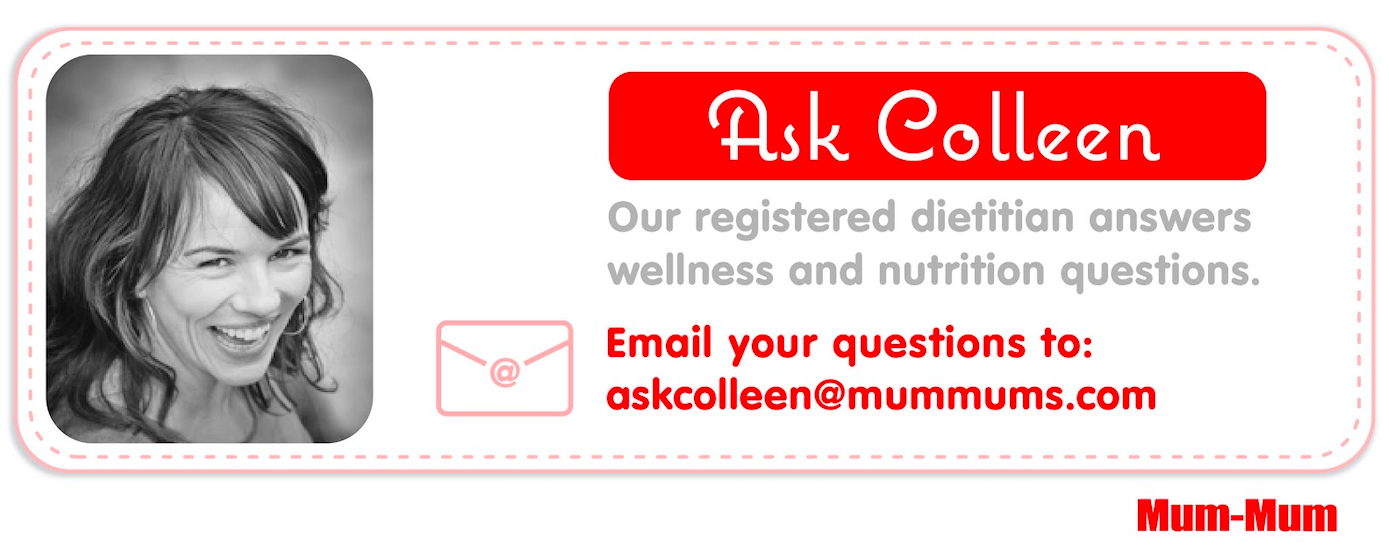
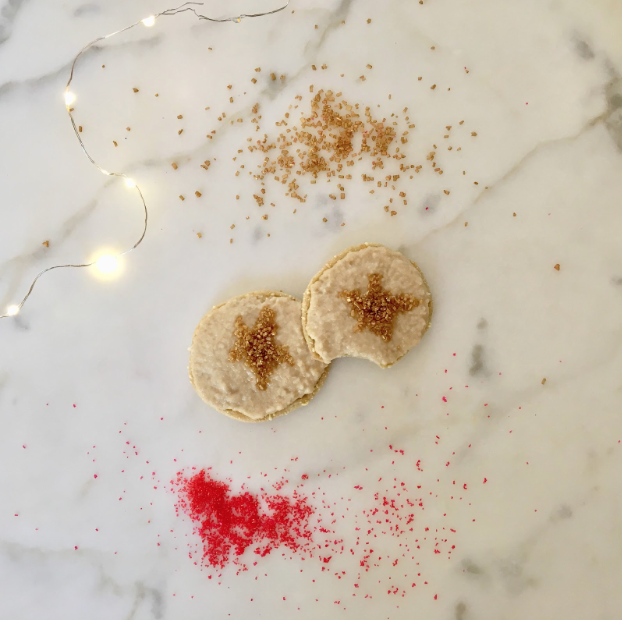

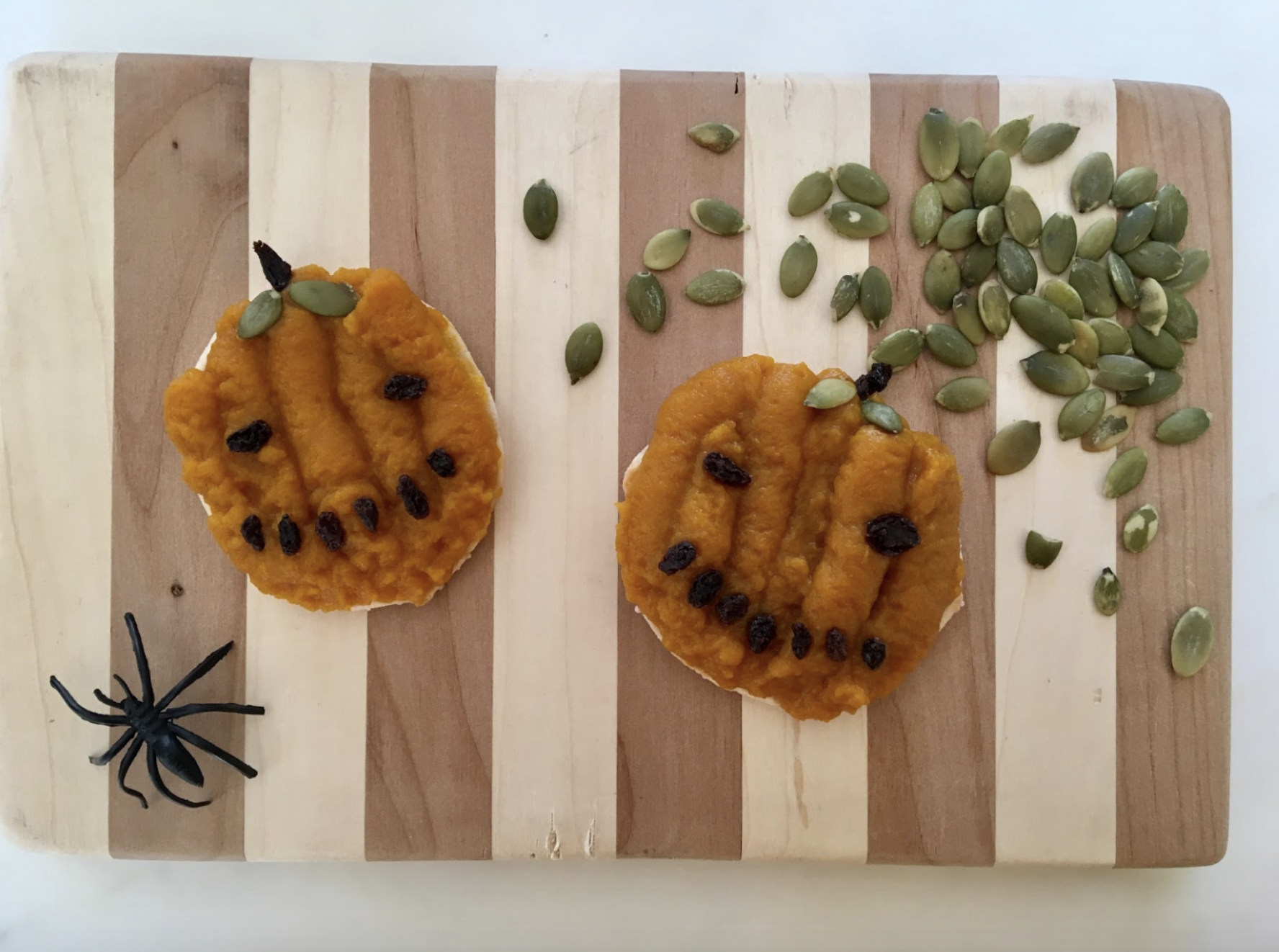
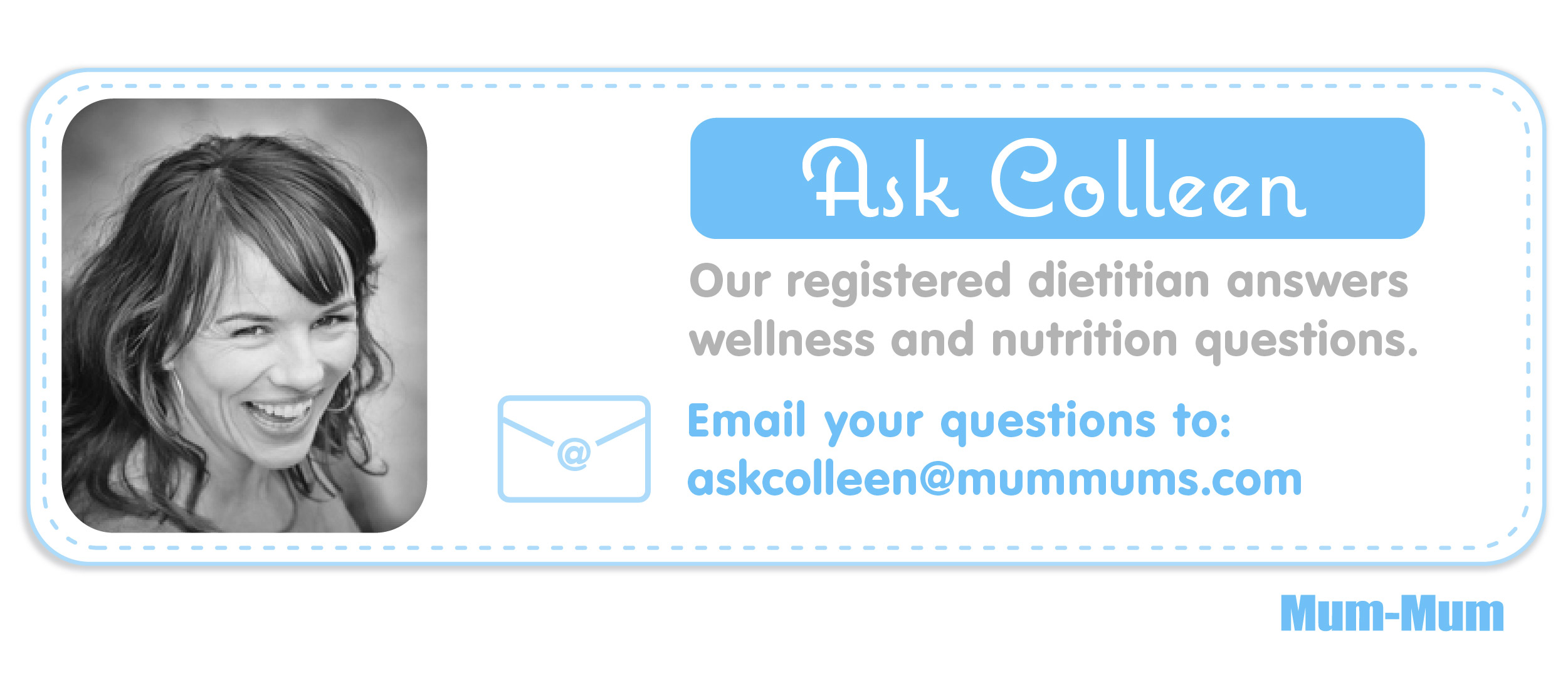
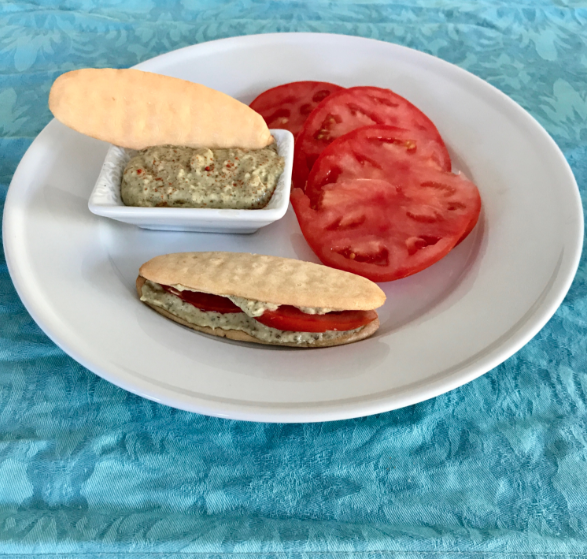
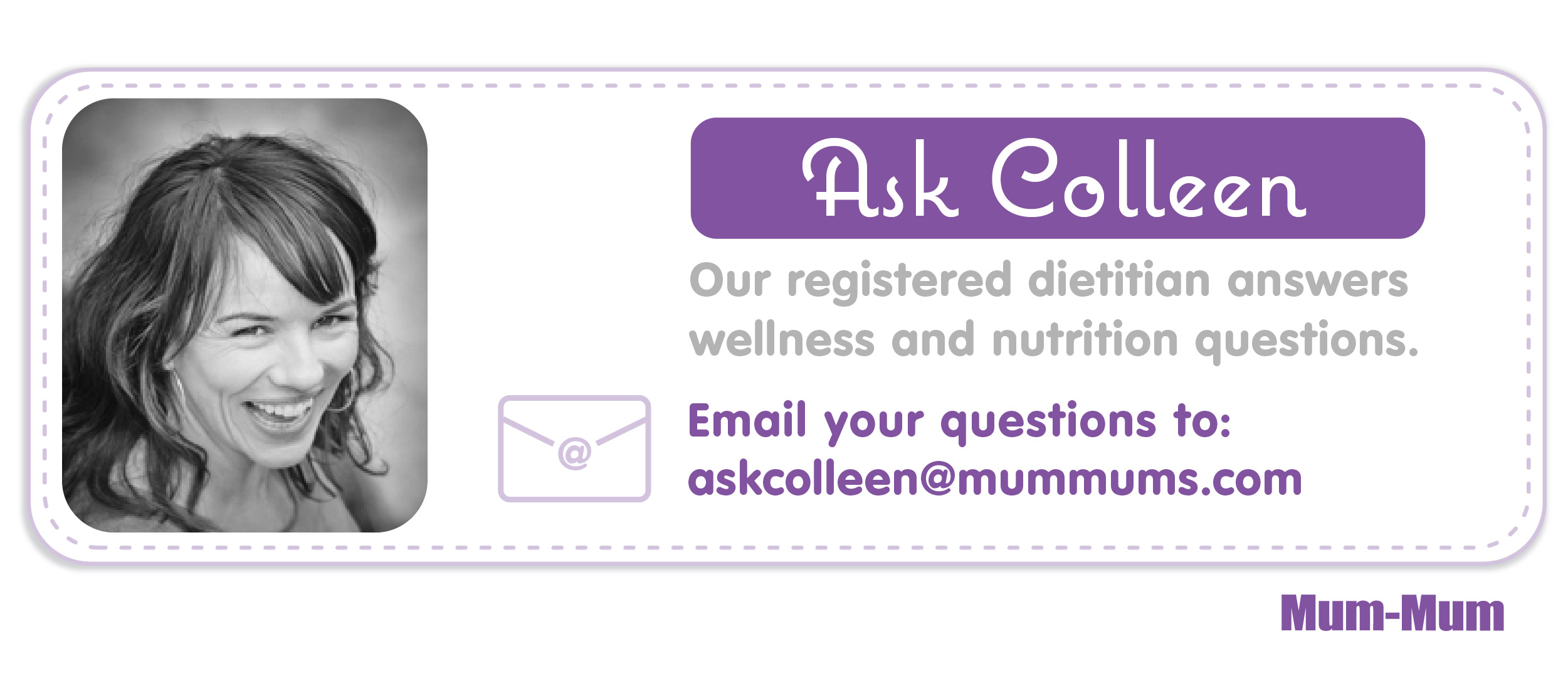
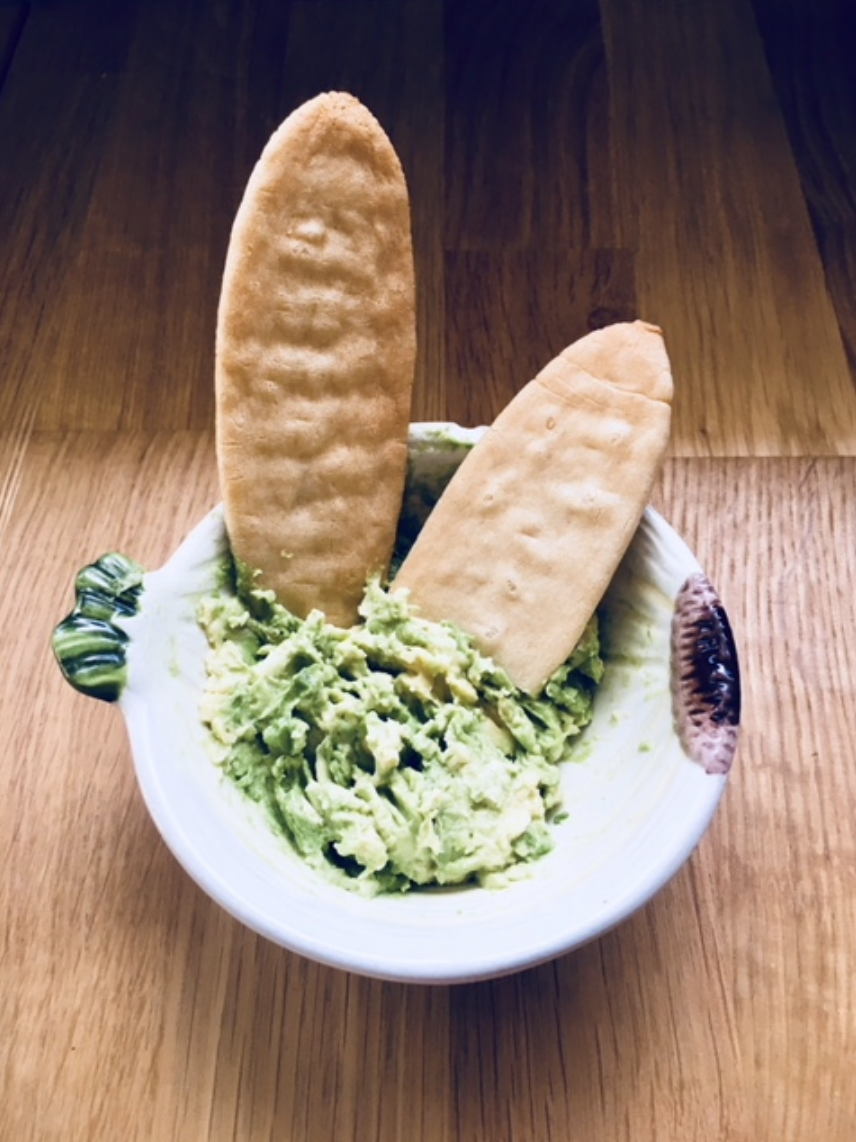
Be the first to comment